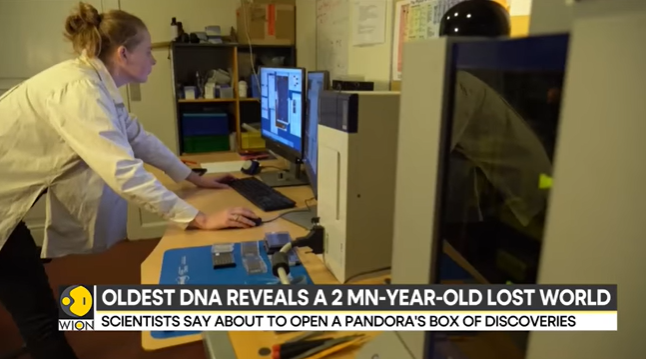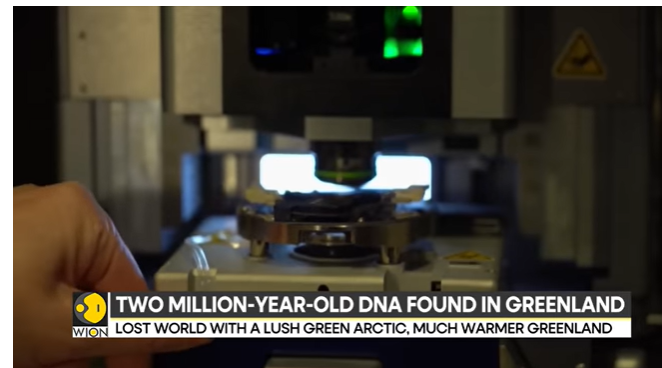A 2-million-year-old ecosystem in Greenland uncovered by environmental DNA

We expand the window for recovering DNA in sediments by 1 million years!!
My colleagues have made a fantastic job of reconstructing the ecosystem of this site in Greenland!
The fundament of our finding is quite mind-blowing. DNA suspended in seawater degrades within 1-2 weeks. We have found DNA stored Sediments that are 2 million years! We think the mineralogical composition of the sediment have played a role for the preservation of the DNA.
First of all we find that the marine depositional environment has favored adsorption of extracellular DNA on the mineral surfaces. 5-10% of the minerals in the formation are clay minerals and up to 4% of those are smectite. We find that smectite has a 200 times higher capacity for adsorbing extracellular DNA than quartz (about 70% of the formation). Interestingly the adsorption capacity of the minerals scales inversely with how much mineral adsorbed DNA that could be retrieved by the extraction protocol applied.
The difference in adsorption capacity and extraction yield from the different minerals demonstrates that mineral composition can have an important role in ancient eDNA preservation and retrieval.
Reconstructed view of the site 2 Ma ago What the site looks like today

The images are made by Artist Beth Zaiken: Reconstruction of Kap København formation two-million years ago in a time where the temperature was significantly warmer than northernmost Greenland today. The plant community, have a composition that has no modern analogue, both fossils and DNA reveals that plants today confined way south of the tree line, in this painting represented by a mixed of temperate plants, including, queen of the prairie, larch, spruce and pine intermixed with Arctic plants such dwarf willow and birch, mountain avens and horsetails. The fauna too is a surprising mix the forest foraging mastodon and today’s Arctic taxa like the reindeer, hare and lemmings. The water that runs down from the hills and past the mastodon carry the DNA and fossils that eventually were deposited in a coastal environment.
Link to manus: https://www.nature.com/articles/s41586-022-05453-y
Thanks to Villum Fonden for making my commitment to this study feasible!
A few of the press mentioning's
Filming





Comments